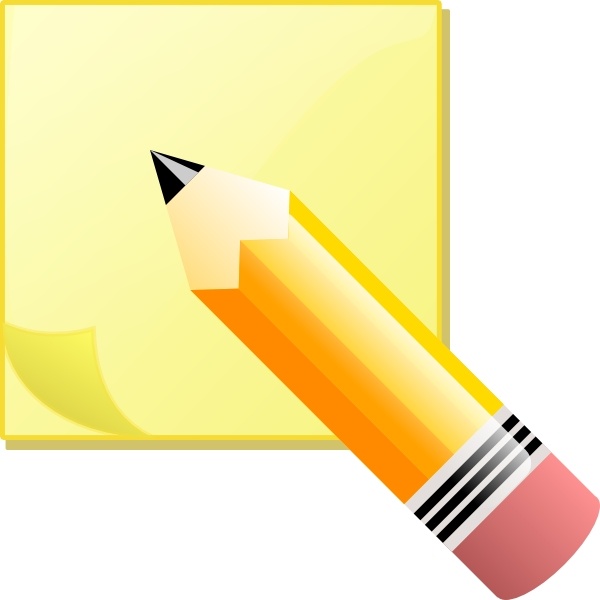Today we celebrated National Writing Day! There are student writings posted on the walls and throughout the classrooms for you to come in and read. Each of the classroom teachers wrote a short article for the second edition of our National Writing Day newsletter telling about what is happening in their classroom or at their grade level in writing.
The writing workshop is used through out the school. While it may look different at the various grade levels, the process remains similar. The student decides on a topic to write about and may organize the storyline in some way, gets writing on the first draft, and rereads the story often to make changes or add details. This process of making changes and additions is the most important part... it lets the writer develop the meaning in the story through details.
It’s the details that give the reader the images that they can connect with through the writing. In some classes, they may call this a ‘small moment.’ In a 'small moment', the writer gives enough detail so that it captures a moment in time – stretched out by the author’s tiny details of the important moment.
So whether it’s in poetry, a story about your child's life, or the non-fiction information of a favorite topic, look for the small details that capture your attention!
Keep your eyes open for the National Writing Day Newsletter that went home with your child today. It is filled with information about the writing that is happening throughout our school.

